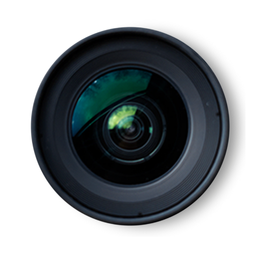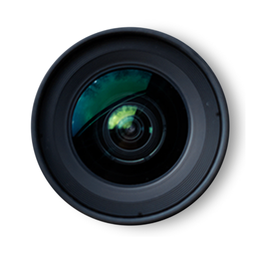Prime lenses outshine zooms in several key areas. They gather more light with wider apertures, delivering sharper images with less noise in dim conditions. The optical quality? Superior. Less distortion, better contrast, edge-to-edge clarity. They're lighter too—easier on shoulders throughout long shoots. Autofocus works better in challenging light, and entry-level primes cost a fraction of professional zooms. The fixed focal length even necessitates better composition. The advantages stack up quickly.
The Light-Gathering Advantage: Wide Apertures Explained
Light. It's what photography is all about, and prime lenses excel at capturing it. With apertures like f/1.4 or f/1.8, these fixed-focal-length wonders gulp down considerably more light than your average kit zoom.
The math isn't complicated. A prime lens often provides 3x more light-gathering capability than standard zooms. That's huge.
In practical terms? Faster shutter speeds. Lower ISO values. Less noise. Sharper images in terrible lighting.
Want to shoot a concert without flash? Indoor events? Night skies? Primes do it better.
Maintaining shot discipline with a prime lens means you can achieve optimal image quality without compromising your settings.
Prime lenses also minimize lens aberrations that can distort stars and create unwanted color fringing in astrophotography.
Sure, they're not zoom-y. But who needs zoom when you've got light?
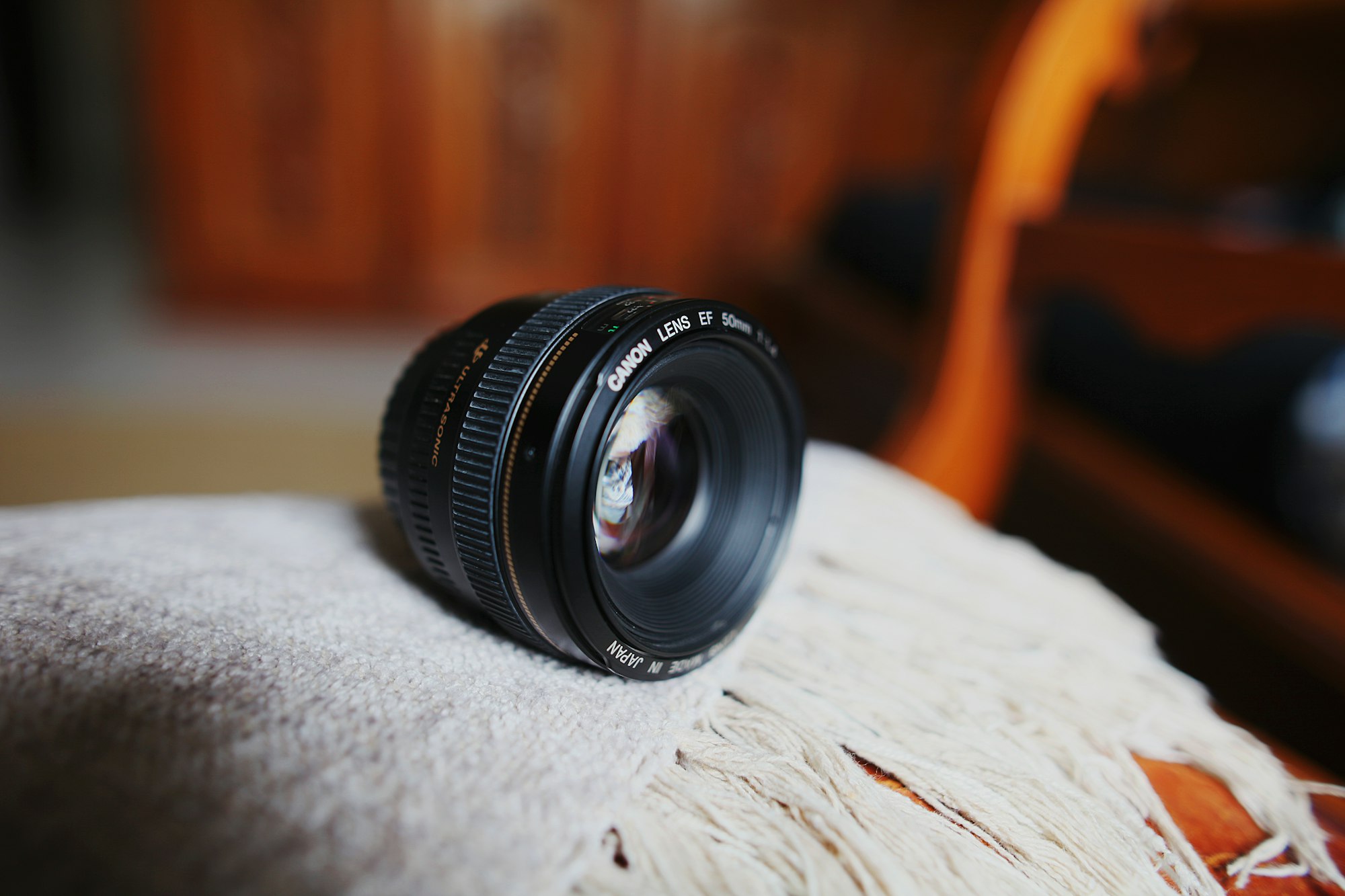
Image Quality and Optical Superiority of Fixed Focal Lengths
Simplicity breeds superiority. Prime lenses crush zooms in the image quality department. Period. Their streamlined design delivers sharper photos, especially at mid-range apertures like f/5.6.
Look closely at brick walls or fine textures—the difference is obvious.
The optical advantages don't stop there. Less distortion. Better micro-contrast. Richer colors. All due to primes not trying to be everything to everyone. They do one job, perfectly.
Even budget-friendly primes often embarrass pricier zooms. Edge-to-edge sharpness? Consistent. Chromatic aberration? Minimal. And those creamy skin tones? Chef's kiss.
No wonder pros reach for primes when quality matters most. Prime lenses typically have fewer lens elements, which can improve flare control and overall contrast compared to zoom lenses. In low light environments, prime lenses offer the advantage of two extra stops of light compared to typical zoom lenses.
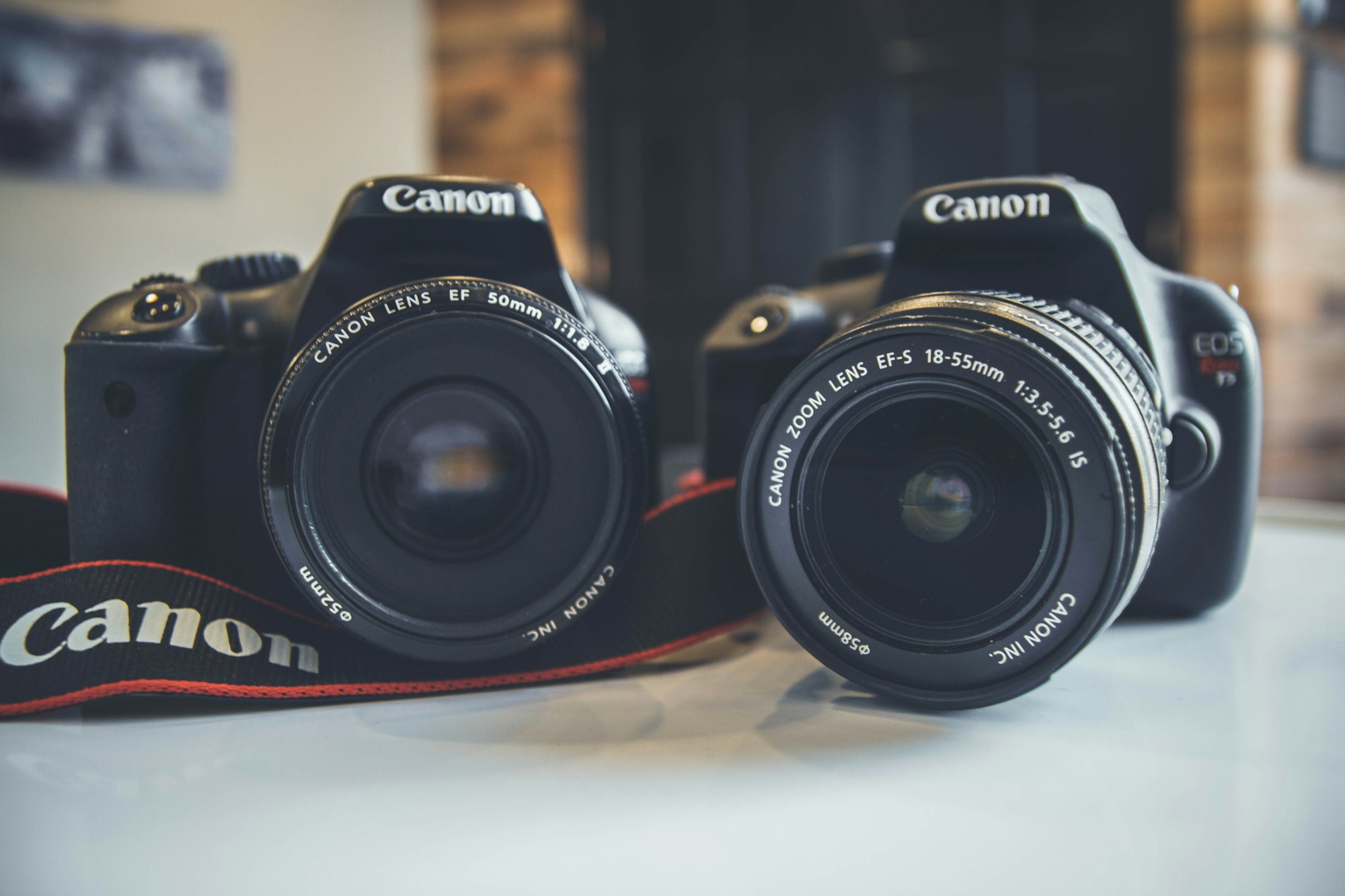
The Freedom of Traveling Light: Portability Benefits
Every ounce matters when you're lugging camera gear through cobblestone streets or up mountain trails. Prime lenses deliver here—dramatically. Their simpler construction means less bulk, less weight, less hassle.
Photographers can actually enjoy their vacations. Imagine that.
These compact wonders slip into carry-on luggage with ease, dodging those dreaded checked bag fees. No more shoulder pain after a day of shooting. No more attention-grabbing equipment screaming "tourist with expensive gear!"
The minimalist approach pays off. One lens. One vision. Zero decision fatigue. Spontaneity thrives when your gear isn't holding you back. The fixed focal length forces you to think creatively about composition, ultimately leading to more thoughtful photography.
Superior Focus Performance in Challenging Conditions
Almost every photographer has faced that gut-wrenching moment—the dim reception hall, the rapidly fading sunset, the concert's moody backlighting—when their zoom lens hunts hopelessly for focus.
Prime lenses crush these scenarios. Their wider apertures (f/1.8, f/1.4, even f/1.2) gather 2-4 times more light than typical zooms, making autofocus systems actually work when it matters. No more focus hunting nonsense.
They excel at isolating subjects too. That creamy background separation isn't just pretty—it helps focusing algorithms lock onto what matters.
And manual focus? Smoother, more precise. No focus shift when changing apertures.
Zooms are convenient. Primes are reliable. Choose accordingly.
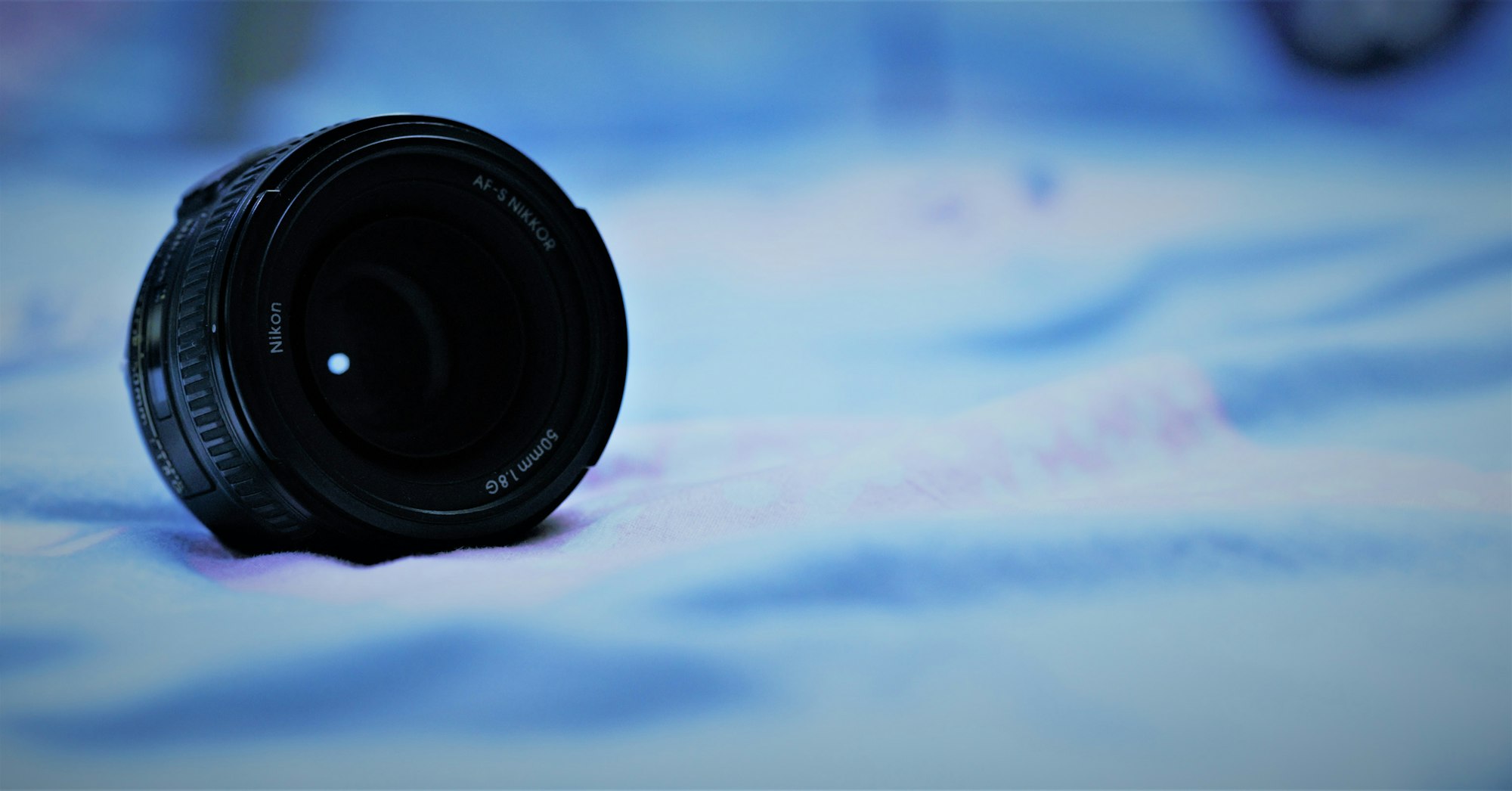
The Economic Case for Prime Lenses in Professional Work
Professional photographers crunch the numbers when investing in gear—and prime lenses often deliver surprising financial advantages.
Entry-level primes cost $100-300, while comparable zoom lenses with wide apertures run upwards of $1,000. Do the math. Primes simply deliver better bang for your buck.
Their simpler design means fewer repairs and less maintenance. No complex zoom mechanisms to break down. They're built to last.
The economic benefits go deeper. Faster apertures mean less lighting equipment. Sharper images require less post-processing time.
And when you're done with them? Primes hold their value remarkably well.
Smart pros know it. These aren't just lenses—they're investments.


